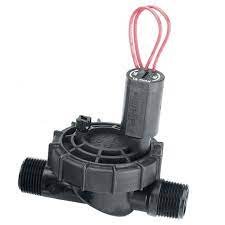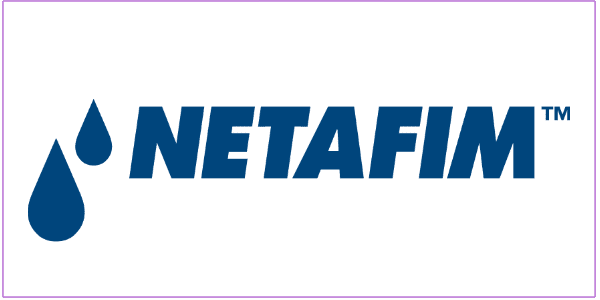Welcome To Our Irrigation Library!
Master valve

A master valve, in the context of irrigation systems, is a valve that controls the main water supply to the entire system automatically. It serves as a primary shut-off valve for the irrigation system and is typically installed at the point where the system connects to the water supply.
Most of the cases the master valve is the same or bigger size solenoid than all other solenoids installed on the irrigation system. Usually it is controlled by the dedicated connection of the irrigation controller and opens with any zone together, releasing the water into the distribution network. When the zone has finished its operation, then the valve will close together with its solenoid and stops the flow.
Key roles
Primary Shut-Off
The master valve is positioned at the beginning of the irrigation system, and its main function is to control the flow of water into the system. When the irrigation system is not in use, the master valve remains closed, preventing water from flowing into the distribution pipes.
Preventing Water Waste
One of the primary purposes of a master valve is to prevent water waste in case of leaks or malfunctions within the irrigation system. If a zone valve or pipe within the system fails to close properly, the master valve can be used to cut off the water supply, reducing the risk of water damage and excess water usage.
System Pressure Regulation
Some master valves also serve the function of regulating system pressure. By controlling the flow of water into the irrigation system, this unit helps maintain consistent pressure levels, ensuring that all zones receive an adequate amount of water.
In the case when the pressure is supplied by an auto-start pump and there’s a long hidden pipework between the water source and the distribution units, a master valve may be installed on the pump outlet. Because the auto-start pump holds the operation pressure in that pipework always, even the smallest pressure loss on this section can force the pump kicking in frequently. It would lead to shortening the pump life but the master valve will stop building up the pressure after the pump.
Installation Of A Master Valve
They are typically installed below ground, in a valve box, near the point where the irrigation system connects to the main water supply. This location makes it accessible for maintenance while protecting it from the elements. In automated irrigation systems, the master valve is often wired to the irrigation controller. This allows the controller to open and close the master valve as needed during scheduled irrigation cycles.
In summary, a master valve plays a crucial role in irrigation systems by controlling the main water supply and serving as a safety measure to prevent water waste and damage. It adds an extra layer of control and reliability to automated irrigation setups.
Maintenance
Regular maintenance of them in irrigation systems is essential to ensure their proper functioning and to prevent potential issues that could lead to water waste or damage. Here are some general guidelines:
Inspection
Regularly inspect the master valve and its surroundings for any signs of leaks, corrosion, or damage. Ensure that the valve box or enclosure is in good condition and free from debris or obstructions.
Cleaning
Clean the area around it to prevent dirt and debris from entering the valve box. Periodically remove any debris or vegetation that may accumulate around the valve.
Testing
Test the operation of the valve manually. Use the irrigation controller to open and close the valve to ensure it responds correctly. Check for any unusual noises during valve operation, as these may indicate issues such as debris in the valve or a malfunction.
Valve Box Maintenance
Inspect the valve box cover for proper sealing. A well-sealed cover helps protect the valve from moisture and debris. Ensure that the valve box is at the correct depth to prevent exposure to extreme temperatures.
Electrical Components
If the master valve is connected to an irrigation controller, check the wiring for any signs of wear or damage. Repair or replace damaged wiring. Ensure that the solenoid (the electrical component responsible for opening and closing the valve) is functioning correctly.
Pressure Regulation
If the master valve also serves as a pressure regulator, check its adjustment and functionality to maintain consistent pressure in the irrigation system.
Winterization
In regions where freezing temperatures occur, take appropriate steps to winterize the master valve. This may include insulating the valve box and, in extreme cases, draining the system to prevent freezing.
Documentation
Keep records of maintenance activities, including testing dates, repairs, and replacements. This documentation helps track the history of the master valve and aids in troubleshooting if issues arise.
Professional Inspection
Consider scheduling periodic professional inspections to ensure the overall health of the irrigation system. Irrigation professionals can conduct more thorough evaluations and identify potential issues before they become serious.
Regular maintenance ensures the reliability and efficiency of the master valve, contributing to the overall health and performance of the irrigation system. It also helps prevent water wastage and potential damage to the landscape or property.
The Gardener’s Rain always use the best quality irrigation parts and equipments from market-leader companies.






